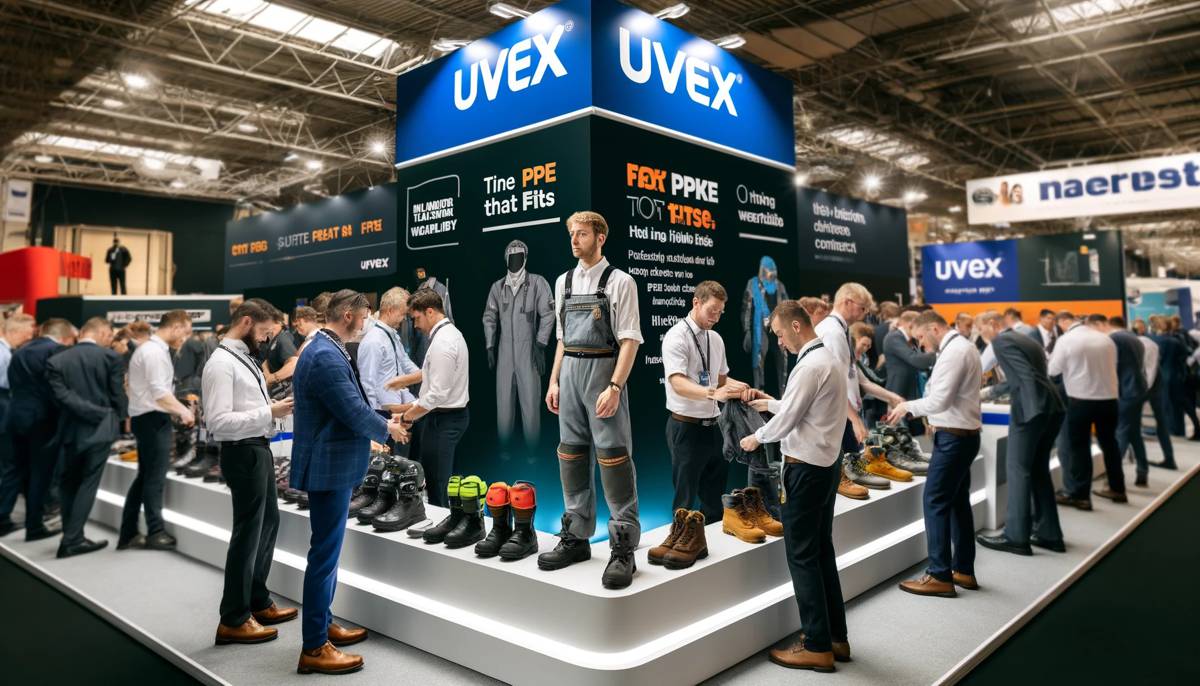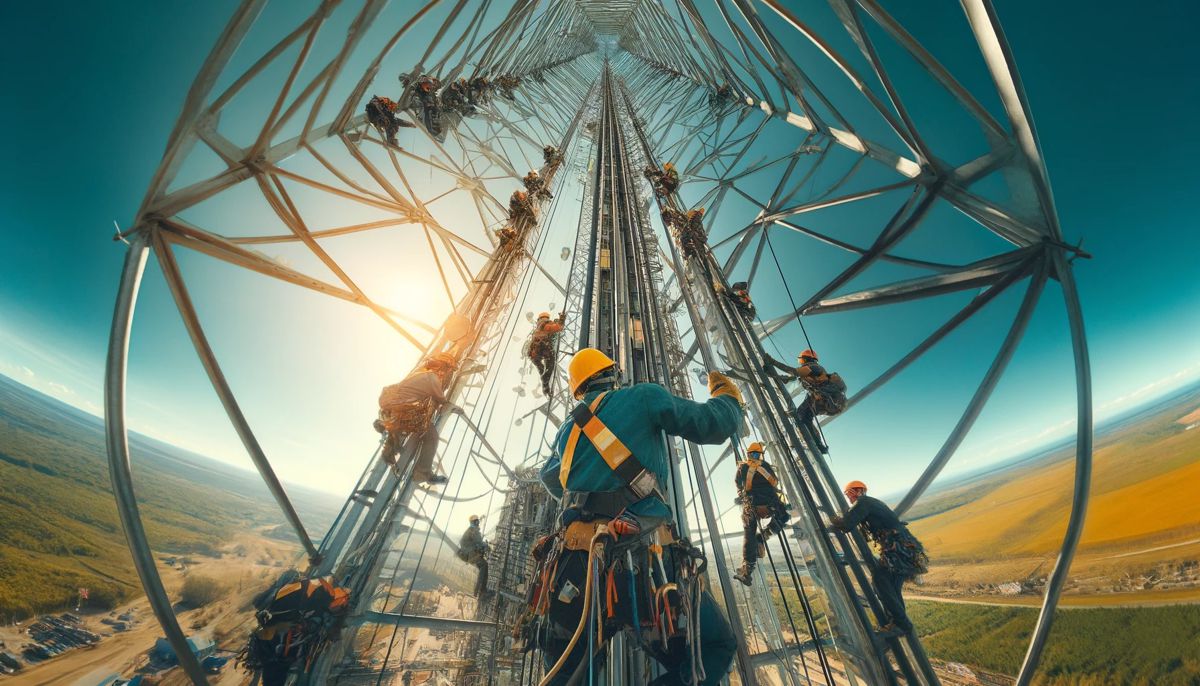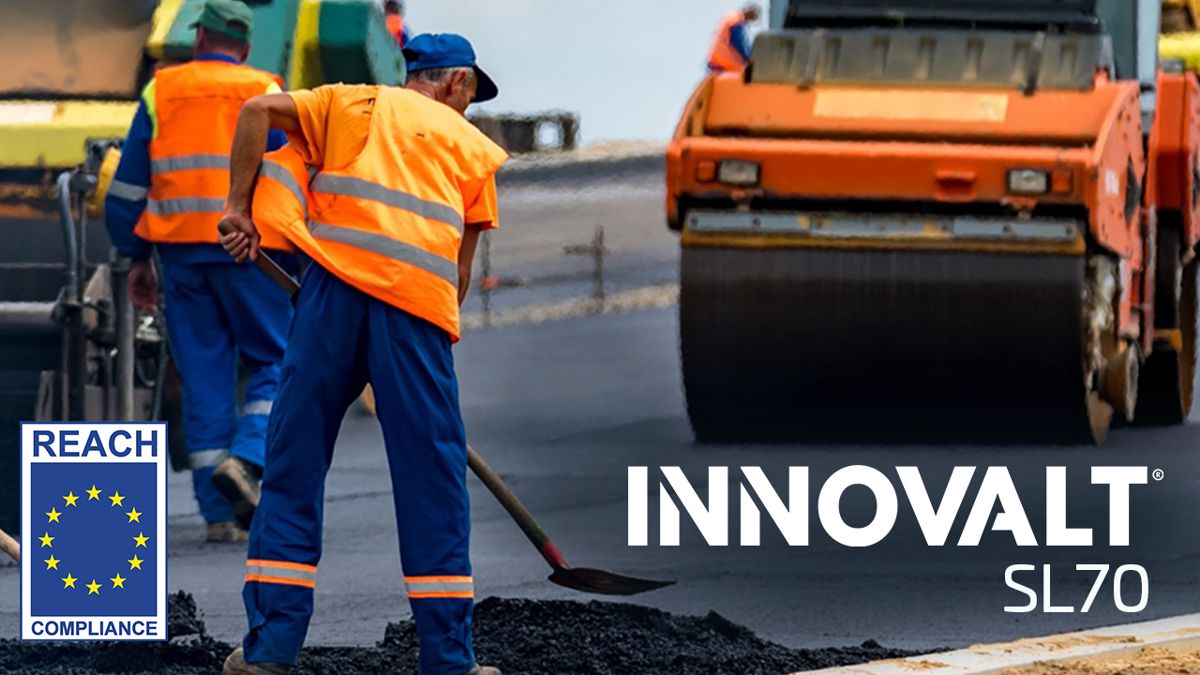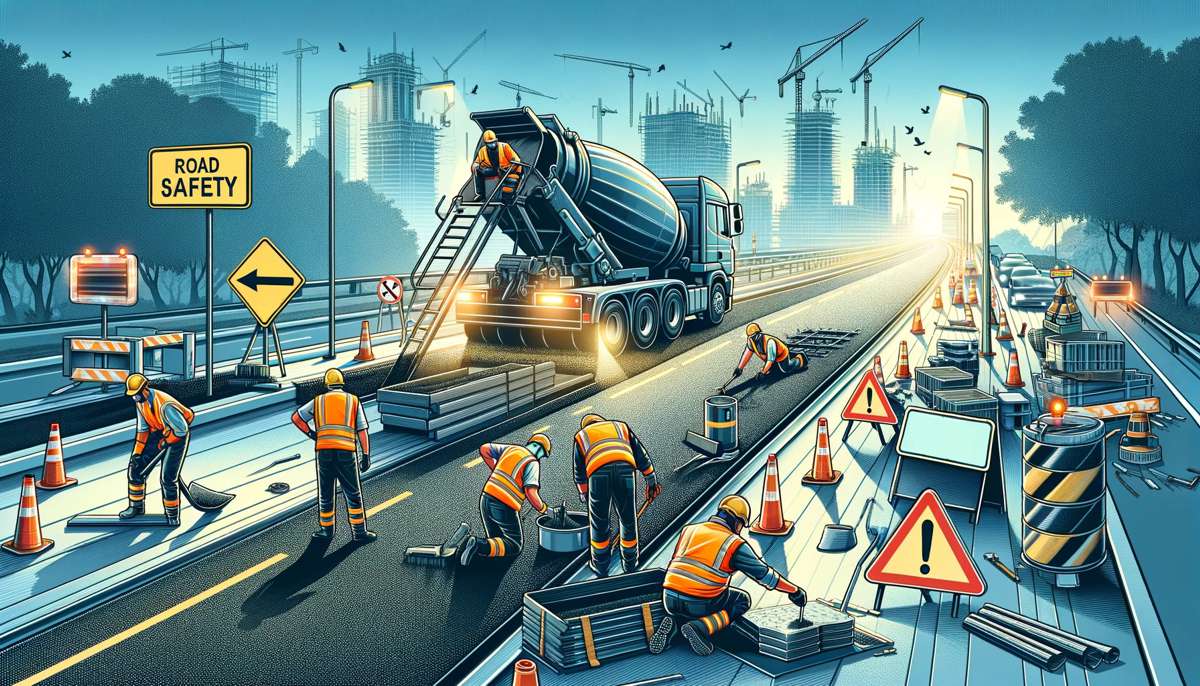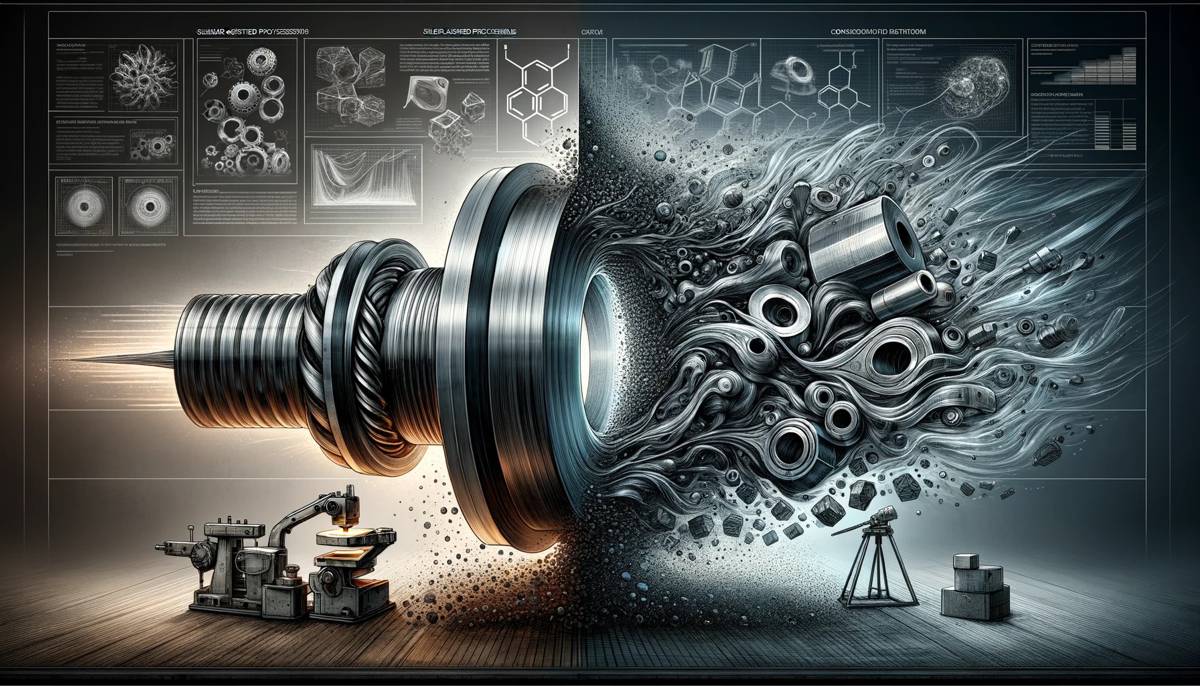ArcelorMittal introduces innovative TL-5 steel centre median safety barrier
ArcelorMittal Global Research and Development, working in cooperation with U.S. safety barrier manufacturer Gregory Industries, has brought to market a proprietary, high-containment steel centre median safety barrier for use in North America.
This all-steel MASH TL-5 longitudinal barrier, marketed as the Guardian 5 (G5) by Gregory, is a safer and more economical alternative to concrete barriers.
The new barrier can safely contain and redirect a fully loaded 80,000-pound tractor trailer truck – as well as a 5,000-pound pickup truck and 2,500-pound car. It is the only Test Level-5 (TL-5) rated steel centre median safety barrier available in the US market, based on the American Association of State Highway and Transportation (AASHTO) Official’s Manual for Assessing Safety Hardware (MASH) criteria.
After successful crash test results, our roadside safety solution was accepted and deemed eligible for reimbursement from the Federal Highway Administration (FHWA) in 2017 – a distinction important to state departments of transportation (DOTs) as they evaluate and approve roadside barrier solutions.
This milestone was also significant from a safety compliance perspective. Under an AASHTO/FHWA 2016 Joint Implementation Agreement, only safety barriers evaluated under the new MASH 2016 crash test criteria could be installed on the National Highway System after certain dates. Our steel TL-5 barrier was crash tested under these criteria and, as a result, could be used after the December 31, 2019 sunset date for safety hardware tested under older protocols. But achieving FHWA approval is only one step in the process.
Product stewardship and customer focus
Our research and development expertise is now helping to drive approval of the TL-5 barrier at the state department of transportation and the provincial ministry of transportation-levels.
“Many times, states have questions concerning their potential applications and locations for the barrier, requiring follow-up work and/or demonstration sites prior to formal approval. Through Gregory, we are currently working with 32 states, five provinces and Australia,” explained Rich Clausius, projects manager, Global R&D, East Chicago.
One location needed a way to connect our steel TL-5 barrier to an existing concrete tall wall barrier. We were able to simulate the performance of a newly developed steel/concrete transition. Four crash test simulations each were run with and without curbs, for a car, pickup truck and tractor-trailer, plus reverse impact with a pickup truck. This showed the TL-5 barrier and transition could safely contain and redirect each vehicle.
The high-containment barrier market is typically an urban, high-traffic area with significant truck volumes. But the solution is also ideal for narrow centre medians and the protection of bridge piers.
North-eastern states with narrow centre medians need a median barrier with minimal deflection to protect bridge piers and not adversely affect opposing traffic. We conducted additional simulations to show the performance of our TL-5 barrier when installed with reduced post spacing (2.5 ft. vs. standard 5.0 ft.). Crash test simulations were run for a car, pickup and tractor-trailer. Simulations showed the TL-5 barrier with reduced post spacing can contain and safely redirect all three vehicles with 18% (car) to 31% (tractor-trailer) less dynamic deflection (less intrusion of the barrier on the opposing traffic side). And impact severity indexes stayed in preferred or acceptable limits.
Other notable simulations included the use of a glare screen with the barrier to block out opposing traffic headlights on curves, higher speed crashes than required in MASH tests, and the development of a barrier length of need calculator for bridge pier protection.
All simulations were checked using the computational validation and verification procedure to ensure the simulation model reflects actual crash test behaviour, met MASH requirements and safely contained and redirected all three vehicles.
When compared to concrete barriers, ArcelorMittal’s TL-5 steel centre median safety barrier has attributes above and beyond its safety benefits. Steel is continuously recyclable, meaning that it can be recycled indefinitely without compromising its quality. It weighs less than concrete, so transportation costs are lower. The barrier has a long service life and it’s easier to repair than concrete making it cost effective. The open-bottom design allows for drainage and easy snow removal. No foundational work is required compared to traditional concrete cast in-place barriers.
“Our technical support has helped expand the versatility of this solution. We are now on the approved product list for seven states and two provinces with four states activity looking for applications,” said Clausius. “We wrote an installation manual and are continuing to provide follow up modelling for state and provincial use. We’re doing everything right and patiently await the opportunity to announce the first installation.”






